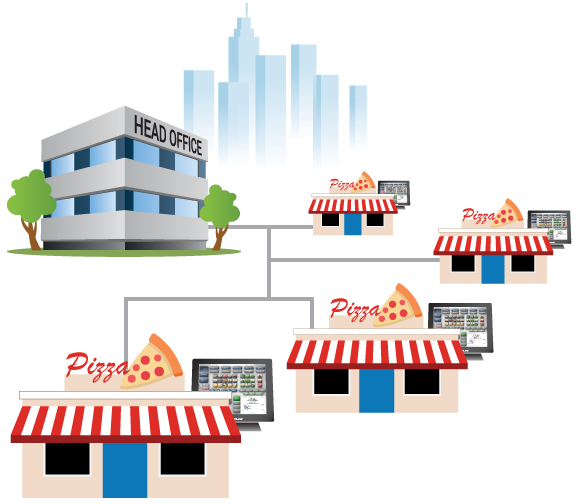I’ve worked with some of the strongest brands in the restaurant industry on chain-wide point-of-sale implementations. There are a few common themes that I’ve noticed as critical success factors:
- The most successful chains align corporate growth goals with tactics and technology
- They involve every department that either uses the POS, or is impacted by the data it collects
- They run the implementation in a disciplined manner
- They follow up with the key stakeholders throughout and after the project
Selecting the right technology to enable your company to achieve its short and long-term objectives requires careful consideration. The team selecting the POS should work closely with the executive team to understand the strategic objectives for the next one to five years. Once that’s clear, concise operational goals need to be defined. From there, strategies and tactics should be developed. Finally, those tactics need to be mapped to features in the POS to ensure that the objectives can actually be achieved.
The alignment of the technology to the overall corporate objectives ensures that the POS implementation will enable the sales growth or cost savings that are expected by all stakeholders. We connect the dots in a bit more detail in the guide “Align Your Technology with Your Growth Strategy.”
Map Out POS Needs for Each Department
A good metaphor for understanding how your POS is connected with the other parts of your business is comparing it to the operating system your restaurant computers run on: it performs the basic tasks that allow every department to use the data it collects. Naturally, the operations team and IT will work hand-in-hand, but also consider how other departments will interact with the data, and the functionality of the system.
Your marketing and finance departments will have data needs, and they may also require specific functionality. For example, marketing may need to have restrictions on how certain pricing is applied. Finance may have requirements for how drivers are tracked and reimbursed for mileage. Your executive team may have requirements around the placement of devices, how privacy laws are protected, and how the reporting will feed other management systems. Understanding how all of these departments will use the POS to accomplish their objectives needs to be part of the planning process. Otherwise, your rollout won’t be a success.
Create a POS Management Team
Typically, point-of-sale vendors manage the logistics, like the base configuration and equipment shipping, for you. But to ensure a successful rollout, many organizations assign a small group of people within the company to manage the POS implementation as their primary job. Mitigating unforeseen issues is difficult when the project is run off the side of someone’s desk. Having a team focused on it will result in a smoother rollout for everyone involved. In a previous post, we covered how individual locations can get themselves ready for an install.
Take Advantage of POS Training
Make the most of the training offered by your vendor. Most point of sale vendors will offer on-site training for your staff at each location. It will probably cost more initially than online training, but on-site training provides your staff with a better learning experience. The installers and trainers are able to answer questions as they come up, and tailor the training to your brand.
Some POS vendors also offer restaurant chains the option of training their own installers for large rollouts. This involves sending one of your employees to be trained on the proper installation of the system, and then having that person install the point-of-sale at each of your locations. This gives you more control over the process and training.
Gather Regular Feedback
Once the project is underway, monitor its progress and make adjustments as necessary. Work closely with your vendor through regular meetings to head off small issues before they become critical. Talk with each of your restaurant location’s managers, and ask them for feedback on the installation and training process. Their feedback will help make future installations easier. If you and your POS vendor are continuously improving the process, by the time you get to your 200th location, it’ll be a breeze!
Do a Final Rollout Review
When you’ve completed the entire rollout, compare your results to your original project goals. Review everything that happened, and record it. It is not uncommon to uncover new needs for technology features during the implementation, or new ideas for improving other processes. These needs and ideas should be documented for planning purposes.
If you are thinking about how you might be able to implement SpeedLine in your chain, reach out to our team of restaurant technology experts. We’ll be able to help you assess your needs and design an implementation plan that serves the needs of your corporate office, restaurants, and most importantly, your customers.
Posted on Wed, Nov 20, 2019 @ 08:11 AM.
Updated on November 23, 2021 @ 12:05 AM PST.


